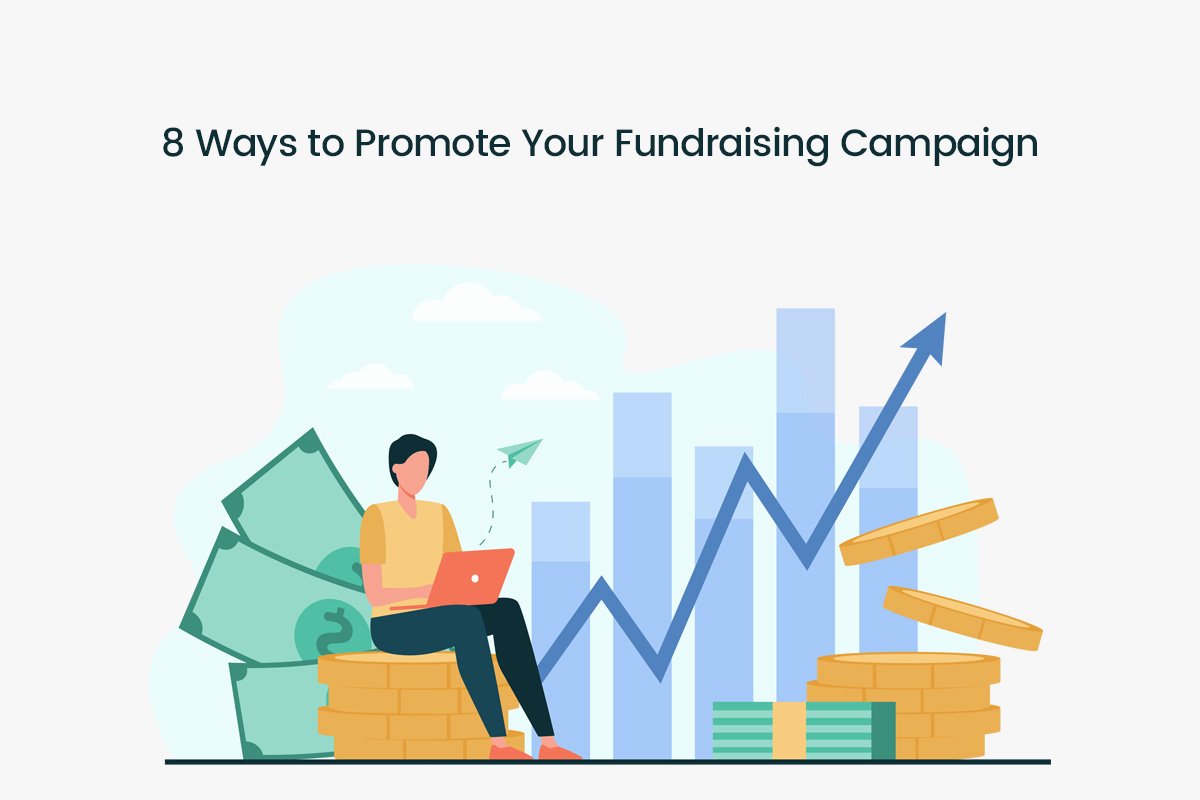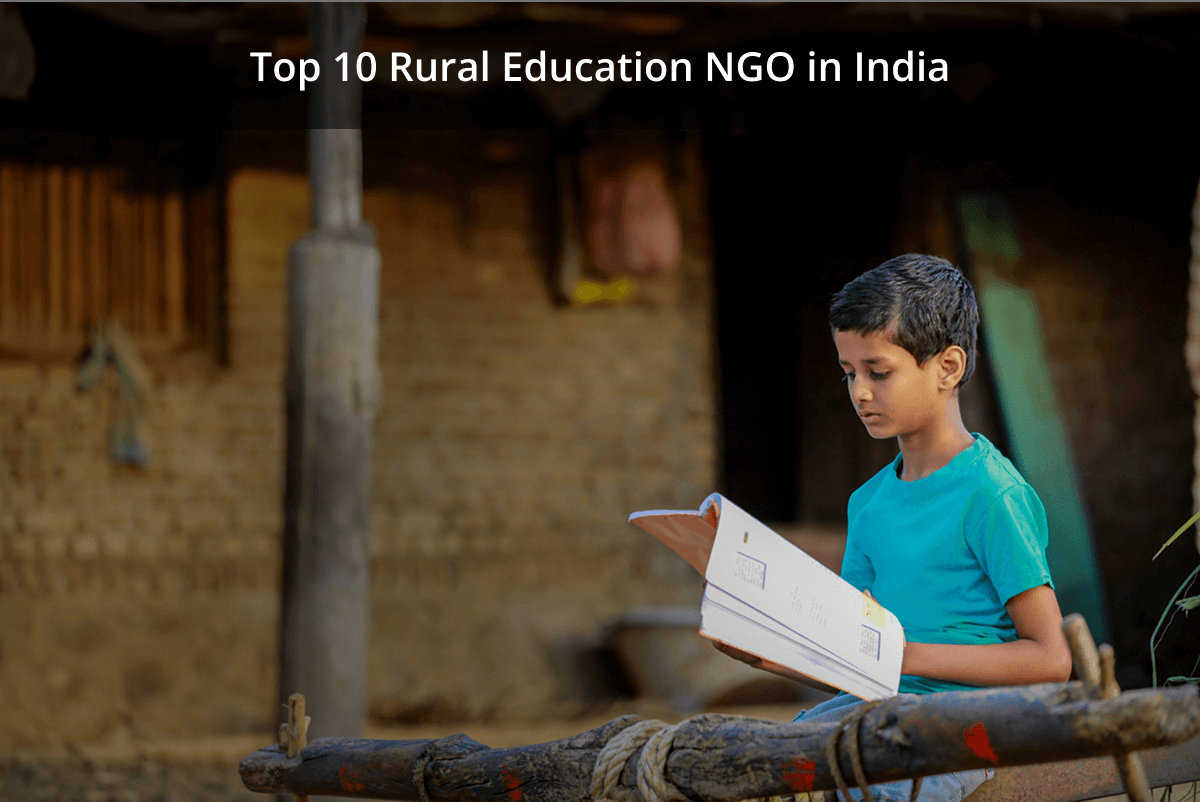What Is Fundraising Campaign?
Crowdfunding is defined as the process of taking a project or business, in need of investment, and asking a large group of people to supply this investment. This phenomena has exponentially increased in popularity over the last few years and, as a consequence, is now presented as a viable method of funding for designers. Regardless of its new-found popularity, however, statistics show that the vast majority of crowdfunding campaigns dramatically fail with 81% of failed campaigns reaching less than 20% of their funding goal. This poses two questions; how can designers ensure crowdfunding success and can engineers design their products to prepare for crowdfunding? In order to answer the second question, the authors have decided to answer the first with an in-depth study of crowdfunding campaigns that is presented in this paper. Previous attempts to decipher the key to crowdfunding success has left many opportunities for further research. For example, this paper seeks to use both qualitative as well as quantitative methods, it seeks to determine crowdfunding success from both the perspective of the project creator and the funder, and it seeks to consider smaller crowdfunding platforms based in both India and abroad.
How Plan A Fundraising Strategy?
Prioritising goals and activities is always a good starting point when putting together your strategy, will help ensure you make maximum use of your organisation’s resources.
There is no set template when putting together a fundraising strategy, but asking the following questions can provide a framework for your plans.
Thorough planning and careful strategy can make a huge difference for campaigns and organizations of all sizes. That’s why we’ve put together this guide, which not only will outline what a fundraising strategy is, but also introduce you to 10 key steps you can take toward creating one of your own:
- Review your present fundraising processes and past campaign performance.
- Determine guidelines and goals for your new campaign.
- Assess your strengths and resources.
- Conduct prospect research.
- Nail down your campaign’s strategic essentials.
- Tell your organization’s story.
- Create targeted marketing materials.
- Streamline your fundraising strategy into a campaign roadmap.
- Choose and track specific fundraising campaign KPIs.
- Determine fundraising strategy improvements you can make in the future.
A solid understanding of these best practices will set you up for success before diving into any type of fundraising campaign. They can be adapted to fit all kinds of campaigns at different scales. However, if you’re taking on a major initiative like a capital campaign we recommend a more in-depth look at Social For Action campaign guide, due to the long-term, complex nature of such projects.
8 Ways To Promote Your Fundraising Campaign
One of the best ways to spread the word about your online fundraising campaign or virtual gala is by using social media.
Here is a step-by-step guide to help you plan your strategy from start to finish promoting fundraising campaign:
1. Google Adwords Campaign
Raise awareness, attract donors, and recruit new volunteers using Google search ads.
Google Ad Grants shows your message to people searching for nonprofits like yours.
Each qualifying nonprofit has access to up to $10,000 per month in search ads shown on Google.com. Additional Google Ads may be purchased in a separate account.
Build your networks before the launch via Facebook, Twitter, your email list, Instagram, Pinterest, Google + and whatever else. The bigger your network before you launch, the more people you will have to draw on for pledges.
Encourage the people you know will pledge to do so in the first couple of days. That is, your family and close friends.
Create hype around the launch. Offer certain rewards for a limited time or at a discounted price for the first couple of days. Do a countdown. Release teaser videos. You want as many people as possible in a state of anticipation when you go live.
2. Social Media Campaign
Social media, if used strategically, can show many returns for your fundraising. When using social platforms, take into account who you want to reach and the objectives you want to achieve.
Although Facebook is the most widely used social media platform in the world, there are differences in the way generations interact with different platforms.
Generally speaking the Twitter and Snapchat space is dominated by Millennials – who were born between early ’80s – mid ’90s. On the other hand, Generation X users (mid ’60s – ’80s) and Baby Boomers (mid ’40s – early ’60s) tend to use Facebook and LinkedIn a lot more.
Generation Z users (born between late ’90s – mid 2000s) are more inclined to using camera based social platforms and sharing personalised content on Instagram and Snapchat.
Whether its for fundraising or just to raise awareness, charities must know which groups of people make up their supporter base, and identify who they would like to reach out to.
It’s only once you’ve been able to put together these audience profiles will you be able to decide which social media platforms are the right ones for you
3. Organization Website
Your Organization’s website is an important tool for raising funds. We’ve put together some top tips to help you drive online donations.
- Can your visitors easily find the information they are looking for?
- Is the donation button or page prominent on your site?
- How many clicks does it take for someone to be able to make a donation?
One of the key benefits of online donations is the speed and convenience for your donors. Unfortunately, too many charities make their online donation process unnecessarily complicated.
Once donors arrive at your donation page they’re ready to give. You need to offer them the fewest number of steps possible to complete a donation. This means including a minimum number of fields on your donation form and allowing donors to give without requiring them to log in or create an account.
When a donor or prospective donor hits donate, you don’t want to distract them from the action of donating. If you can, remove the menu tab in your website header, sidebars and any other calls to action (like newsletter sign-up forms, menu tabs, etc). Feature only the key information that will help them complete the donation.
Your donation process should be easy to understand without much, if any, guidance. If you have to explain it, it’s not easy enough!
4. Email Marketing
Whether you’re looking to drive donations, share your latest news, or even just say thank you, we’ve put together some top tips you can use when emailing your supporters.
Tip 1: Stop being so boring
Let’s face it, a generic title like ‘Winter Newsletter’ is unlikely to get those open rates soaring. Posing a question in your subject line, or holiday-specific campaign subject lines such as ‘Give the gift of sight this Christmas’, is more likely to inspire a click.
Whatever you do, make sure it’s attention-grabbing and no longer than 50 characters for mobile users.
Tip 2: Make it personal
It’s clear when you’re just another contact in a mass email. Personalising your email subject line, greeting and sign off can make your donor’s feel that bit special and more receptive to the rest of your message.
Tip 3: Keep up the story
Be sure to include a concise strapline that’s relevant to your email’s subject line, body copy and imagery – if you choose to include any.
Tip 4: Don’t waffle
When donors are inundated with charity emails, attention spans can be short. So keep your email copy concise, emotive and more importantly, to the point.
Tip 5: Compelling call to action
Time is short, so be clear and specific about what you want donors or readers to do like. Write an awesome email today.
5. Media Sponsorships
To get free ads, you’ll need to secure media sponsors.
Unlike your other corporate sponsors, media sponsorships can donate in-kind with advertising in their channel. You’ll feature their logo in your promotional materials and at the event, and in return they’ll promote your event on their channel.
When soliciting media sponsors, see if they can write off the monetary equivalent of their donation in taxes, which can sometimes encourage a bit more coverage. Even better: the more people that attend your event, the more impressions their logo and brand will receive. Talk about a win-win!
6. Press Releases
Write a media release for your campaign. Crowdfunding is popular in the media and there is every chance you will receive coverage.
It’s really important to target relevant publications and journalists and tailor your media release for each one. You will see more success if you spend more time on fewer journalists than if you send your media release to everyone under the sun.
Make sure your media release is newsworthy. Create a hook and start with it so journalists will read on.
Include high-resolution images (300dpi) with your media release. Your story will have a better chance of being picked up if you offer a great image to go with it.
7. Local Events
Early engagement via local events is key for effective fundraising event marketing. Generally, nonprofits are encouraged to start fundraising their events 90-180 days before the event itself. Get your supporters engaged with the marketing and get them excited about the event.
These early engagement strategies can also help your organization boost fundraising revenue! For example, you could get supporters involved in campaigns such as:
Peer-to-peer fundraising. Peer-to-peer fundraising campaigns are an excellent way to raise money leading up to your nonprofit’s event. Ask supporters to get involved by raising money on behalf of your organization. The event at the end of this campaign should be a celebration of everything the peer-to-peer campaign accomplished.
Early auctions or raffles. If you’re hosting a charity auction or a raffle at your event, try providing early online access to these aspects of the event so that your supporters can get involved as soon as possible. This will drive fundraising revenue while promoting the event.
Early bird specials. Early bird specials and discounts encourage supporters to get involved early. For instance, you may provide a limited-time 10% discount on event registration for the first week after registration opens up. Or, you may provide a free event t-shirt for your first 50 registrants.
Early engagement leads to early registration for your nonprofit’s fundraising event, which creates even more opportunities to promote the event. For example, you might say, “Our annual charity auction is almost at capacity! Register today so you don’t miss out on this wonderful opportunity to show your support.”
8. Clubs And Word-Of-Mouth
Create remarkable visual experiences so customers will want to take photos and share them.
For example, ‘Instagrammable’ restaurants have one thing in common — they provide an aesthetically pleasing environment that makes people want to share their dining experience on social media. Providing visual triggers in a digital experience is trickier but doable.
One of the best word-of-mouth marketing examples comes from feminine product brand, Always.
As part of its #LikeAGirl campaign, the brand pushed for more gender-diverse emojis on mobile and social media platforms. Before, the female emojis on instant messaging apps showed girls dancing in bunny ears or walking down the aisle. The Always campaign introduced new girl-power symbols, like female doctors, athletes, chefs, wrestlers, soccer players and so on.
How Do You Motivate People To Fundraise?
Why do people raise money for charity? We asked our fundraisers to write in their answers and the results are in! Here are the top five reasons that drive people to fundraise:
1. They want to support a particular charity
The number one reason for online fundraising is to support a particular charity close to the fundraiser’s heart: they know who they want to raise money for and they are motivated to do it.
2. They are inspired by a person or people
In memory fundraising whether it is a parent, child, friend, colleague or family member, a personal connection drives people to fundraise. Fundraising in memory is a big part of this motivating factor as well – people fundraise to honour someone they loved.
3. To support a cause
People care deeply about their personal passions and look for charities that support their causes. It’s not just about the charity itself – the underlying cause is what really drives people.
4. To feel good
Helping others, making a difference, and getting fit motivates fundraisers too.
5. To take part in an event
Events fundraising running a marathon, skydiving for the first time, or cycling the Alps is a great personal challenge. And if fundraisers can raise money for charity while they’re at it, even better.
There are lots of other motivations behind fundraising as well, including wanting to support local concerns, being part of a corporate group and for religious reasons.
Final Thoughts
If you follow the steps above, you’re sure to have a thorough fundraising strategy that you and your team can use to guide your campaign. While the planning period before a campaign may feel time-intensive, it is necessary and will pay off. A fundraising campaign with a detailed strategy is much more likely to succeed than one that lacks a solid foundation.
Remember, you might need to seek outside help to get your fundraising strategy off the ground. For example, you could hire an event planner, or even ask a dedicated volunteer with extra time and an interest in social media to handle your marketing.
A fundraising consultant can be especially helpful when planning the specifics of your campaign. While hiring an outside consultant does represent a new expense, you should expect to benefit from this investment during your fundraising campaign. Your team can dedicate time to valuable cultivation efforts while an outside agency provides expertise on fundraising strategies, best practices, and technical undertakings like prospect research.
Firstly, remember that your supporters make great fundraisers. Encourage your committed donors to take on a fundraising challenge or event and ask them to get the message out there, such as why your charity means so much to them.
Also, think about your fundraising messaging. Remember, people don’t only fundraise because they want to participate in the event: highlight your cause and how good fundraising feels.
Social For Action believes in the power to make someone smile, to save someone’s life, to foster brilliant ideas, to make a social change and to be the impact you want to make in the world.
Social For Action has built an easy-to-use platform to transform non-profit giving sector. We offer the best online tools to mobilize the crowd towards great ideas and projects and get good things done fast.
Making an impact by working together!







Post a Comment